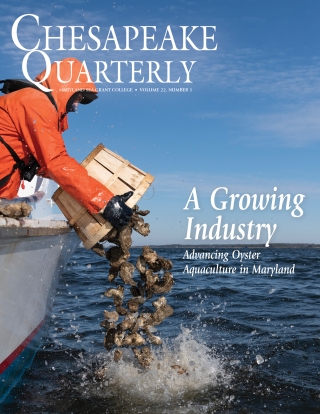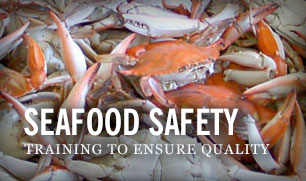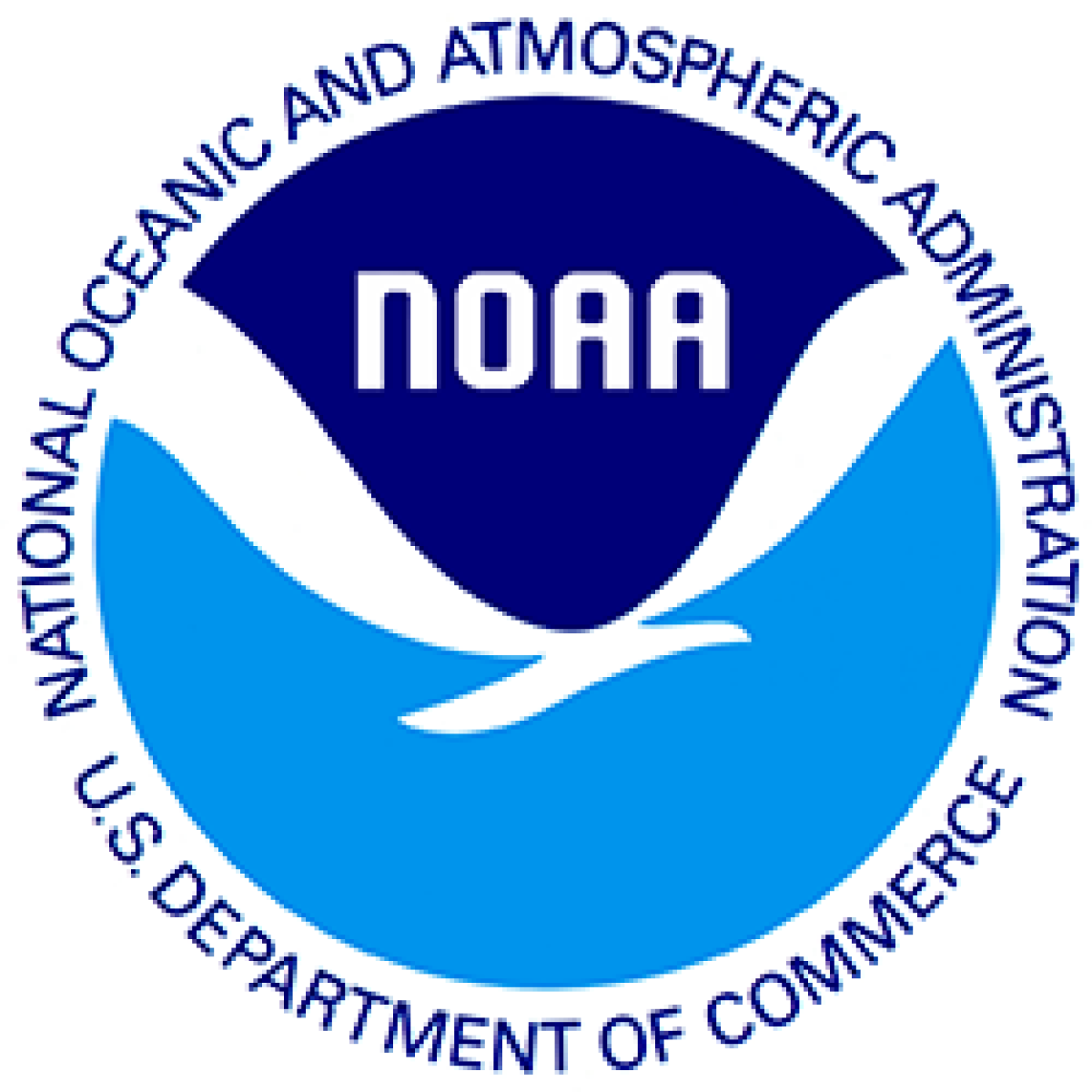Knauss legislative fellowships in Congress help build careers — and they're fun and educational. See our video and fact sheet for details.
Research Publications: UM-SG-RS-2008-06
Title:
The use of extractable lipofuscin for age determination of crustaceans: Reply to Sheehy (2008).
Year:
2008Authors:
Harvey, HR; Secor, DH; Ju, SJSource:
Marine Ecology Progress Series 353 : 307 - 311DOI:
10.3354/meps07353Abstract:
The heterogeneous mixture of metabolic by-products termed lipofuscin (LF) or age pigments has long been known to accumulate in post mitotic cells with increasing age. In crustaceans several approaches have been developed over the years to track LF accumulation and provide a proxy for chronological age. Histological approaches have been traditionally used for LF determination of crustaceans (e.g. Sheehy et al. 1994, Mar Biol 121:237-245), but over the last decade extraction approaches for neural tissues have been introduced (Ju et al. 1999, Mar Ecol Prog Ser 185:171-179) and tested (Ju et al. 2001, Mar Ecol Prog Ser 224:197-205; 2003, Fish Bull 101:312-320) for the crab Callinectes sapidis. In developing the extraction approach we have followed the most rigorous age validation steps available to us and carefully reported accuracy, precision, and bias estimates. In the present paper, we welcome the opportunity to respond to the individual concerns of Sheehy (2008, Mar Ecol Prog Ser 353:303-306) that (1) extractable LF remains unidentified, (2) extracted LF is not correlated with in situ LF, and (3) protein normalization does not produce a reliable assay. We argue that the fundamental issue of an incomplete characterization of LF as an ageing structure pervades most, if not all invertebrate fishery applications. We show positive correlation between the 2 methods, despite the lack of each to fully characterize the structurally complex products generated and sequestered in neural tissues. New information is presented on the ability of extractable LF to follow age in small macrozooplankton, suggesting the broad applicability of the extraction aging approach to small crustaceans. Dependent upon species and availability of known age animals for calibration, both histological and extraction approaches can be an effective method for age determination in crustaceans if they meet the requirements of validation, precision and bias estimations that typify rigorous age determinations in fisheries science.
Open Access:
This article is freely available online. You can use the DOI number to find it through the journal's website or through a search engine.
Related Research Project(s) Funded by Maryland Sea Grant:
Maryland Sea Grant Topic(s):
'Related Research Project(s)' link to details about research projects funded by Maryland Sea Grant that led to this publication. These details may include other impacts and accomplishments resulting from the research.
'Maryland Sea Grant Topic(s)' links to related pages on the Maryland Sea Grant website.






